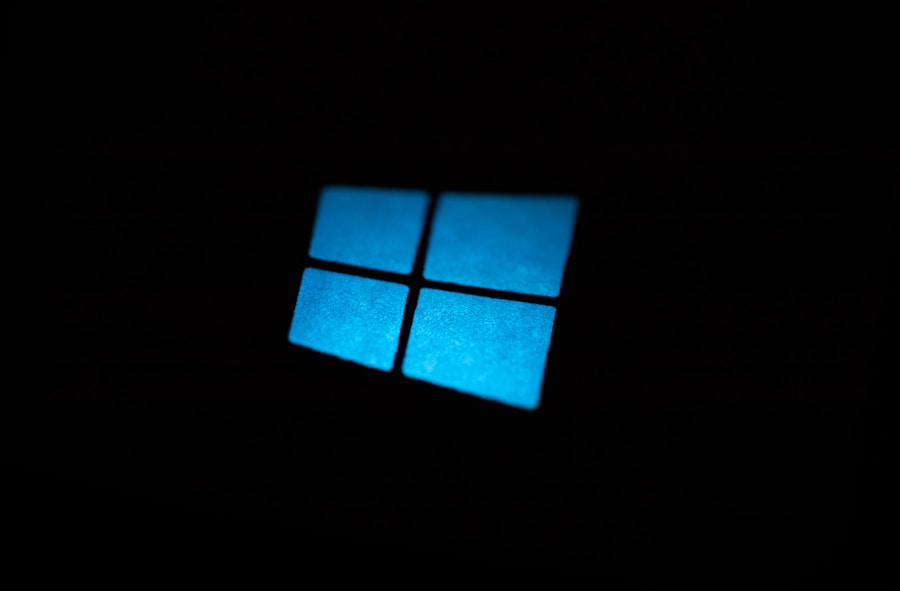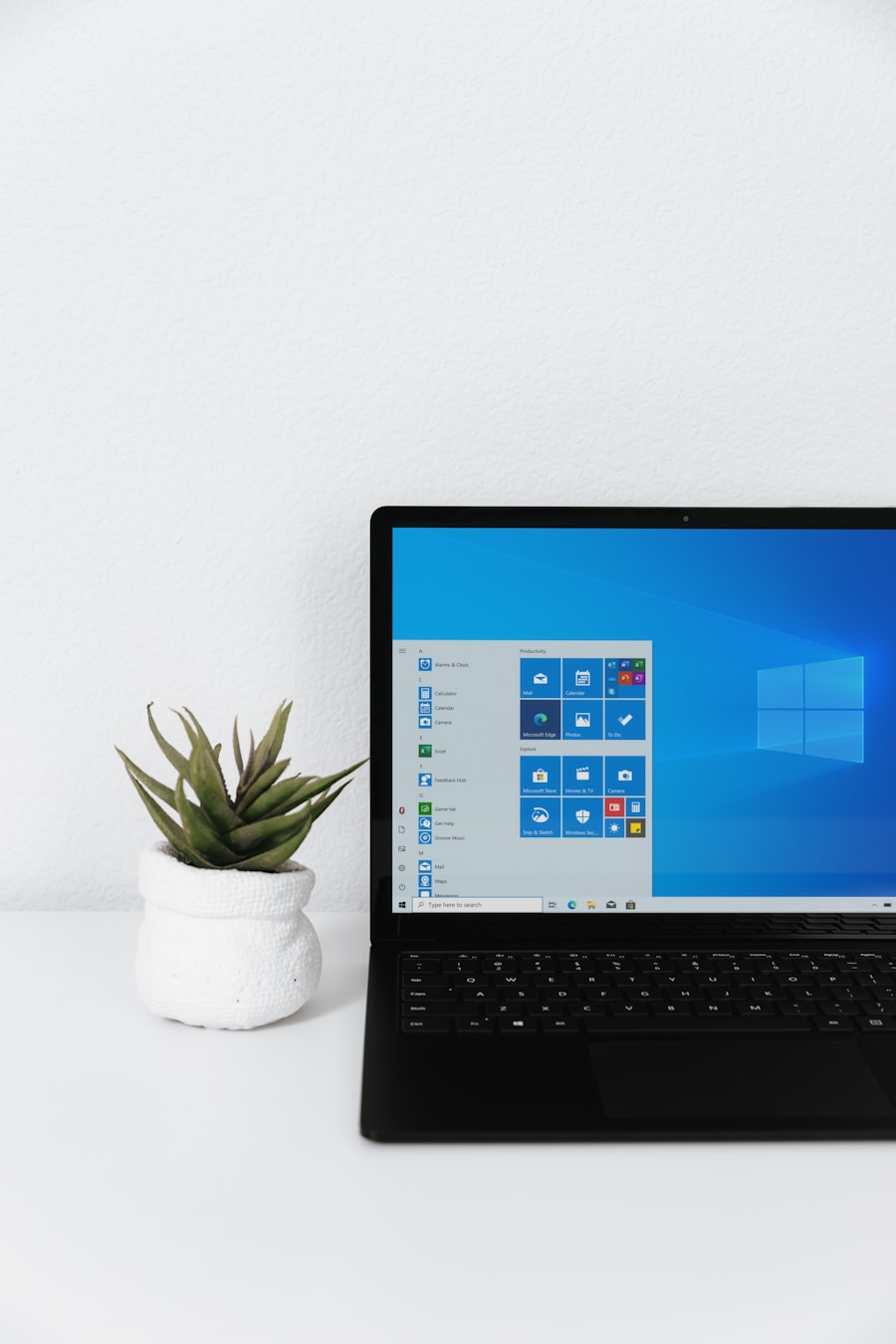Windows 11, the latest iteration of Microsoft’s operating system, introduces a variety of features designed to enhance user experience and productivity. At the core of this operating system are tasks, which can be understood as processes or operations that the system performs to execute applications, manage resources, and maintain overall functionality. These tasks can range from running background applications to managing system updates and handling user commands.
The Task Manager in Windows 11 provides a comprehensive view of these tasks, allowing users to monitor performance, resource usage, and application responsiveness. The Task Manager is an essential tool for understanding how Windows 11 operates under the hood. It displays a list of all active processes, their CPU and memory usage, and other critical metrics.
Users can access it by right-clicking the taskbar or using the keyboard shortcut Ctrl + Shift + Esc. Within this interface, tasks are categorized into different sections, such as Applications, Background Processes, and Windows Processes. Each category serves a specific purpose, and understanding these distinctions is crucial for effective task management.
For instance, while some background processes are necessary for system stability, others may be superfluous and can be safely terminated to free up resources.
Key Takeaways
- Understanding Windows 11 Tasks:
- Windows 11 tasks are processes and programs running in the background of your computer.
- These tasks can impact system performance and overall user experience.
- Why You Might Want to Permanently Cancel Windows 11 Tasks:
- Some tasks may be unnecessary and consume system resources.
- Cancelling unnecessary tasks can improve system performance and speed.
- How to Identify Unnecessary Windows 11 Tasks:
- Use Task Manager to identify high-impact tasks.
- Look for tasks that are not essential for your daily computer use.
- The Risks of Permanently Canceling Windows 11 Tasks:
- Cancelling essential tasks can cause system instability and errors.
- It may lead to malfunctioning of certain features and programs.
- Steps to Permanently Cancel Windows 11 Tasks:
- Research and identify the tasks that can be safely cancelled.
- Use caution and follow proper procedures to disable tasks.
- Best Practices for Managing Windows 11 Tasks:
- Regularly review and optimize tasks for better system performance.
- Keep track of the impact of cancelled tasks on system stability.
- Tools and Resources for Managing Windows 11 Tasks:
- Utilize system utilities like Task Manager and Resource Monitor.
- Online forums and communities can provide insights and guidance.
- Seeking Professional Help for Windows 11 Task Management:
- Consult with IT professionals for expert advice and assistance.
- Professional help can ensure safe and effective task management.
Why You Might Want to Permanently Cancel Windows 11 Tasks
Enhancing System Performance
Over time, the number of background tasks can increase significantly, leading to sluggish performance, longer boot times, and increased resource consumption. By identifying and canceling unnecessary tasks, users can streamline their systems, resulting in a more responsive computing experience.
Improving Security
Some tasks may be associated with applications that are no longer in use or that have been uninstalled but still leave remnants in the form of background processes. These lingering tasks can pose security risks, as they may be exploited by malware or other malicious entities. By removing these unnecessary tasks, users can reduce their attack surface and enhance their overall security posture.
Mitigating Potential Threats
Additionally, some tasks may be related to software that is known to have vulnerabilities or that has been flagged for suspicious behavior; canceling these tasks can help mitigate potential threats.
How to Identify Unnecessary Windows 11 Tasks

Identifying unnecessary tasks in Windows 11 requires a combination of observation and analysis. The first step is to open the Task Manager and review the list of active processes. Users should look for tasks that consume an unusually high amount of CPU or memory resources, as these may indicate inefficiencies or potential issues.
However, it is essential to differentiate between critical system processes and those that are expendable. For example, processes associated with Windows Update or essential system services should not be terminated without careful consideration. Another effective method for identifying unnecessary tasks is to research the processes listed in Task Manager.
Many users may encounter unfamiliar names that do not provide immediate clarity regarding their function. Utilizing online resources or forums can help clarify what each process does and whether it is essential for system operation. Websites like ProcessLibrary.com or even Microsoft’s own documentation can provide insights into specific tasks.
Additionally, users can take note of any applications they rarely use; if those applications have associated background tasks running continuously, it may be time to consider their removal.
The Risks of Permanently Canceling Windows 11 Tasks
| Task | Risks |
|---|---|
| Security Updates | Leaving the system vulnerable to security threats and malware. |
| Performance Optimization | Potential decrease in system performance and stability. |
| Compatibility with Software | Issues with running certain software and applications. |
| Bug Fixes | Persistent bugs and glitches in the operating system. |
While there are valid reasons for wanting to cancel certain tasks in Windows 11, it is crucial to understand the potential risks involved in doing so. One significant risk is inadvertently terminating essential system processes that are critical for the operating system’s stability and functionality. For instance, terminating a process related to Windows Explorer could lead to a loss of access to the desktop or file management capabilities until the process is restarted.
This could result in frustration and downtime as users attempt to restore normal functionality. Another risk involves the potential for data loss or corruption. Some tasks are responsible for saving user data or managing file operations; canceling these tasks prematurely could lead to incomplete operations or loss of unsaved work.
Furthermore, there is a possibility that terminating certain tasks could lead to system instability or crashes. Users may find themselves facing blue screen errors or unexpected reboots if they remove critical components without understanding their importance. Therefore, it is essential to approach task cancellation with caution and a thorough understanding of what each task does.
Steps to Permanently Cancel Windows 11 Tasks
To permanently cancel unnecessary tasks in Windows 11, users can follow a systematic approach that ensures they do so safely and effectively. The first step involves opening the Task Manager by right-clicking on the taskbar and selecting “Task Manager” or using the keyboard shortcut Ctrl + Shift + Esc. Once in Task Manager, users should navigate through the list of active processes and identify those they deem unnecessary based on previous research and observation.
After identifying a task for cancellation, users can right-click on it and select “End Task.” However, this action only temporarily stops the process; for permanent cancellation, users may need to disable it from starting up with Windows. To do this, users should navigate to the “Startup” tab within Task Manager, where they will find a list of applications that launch at startup. By right-clicking on any application they wish to disable and selecting “Disable,” users can prevent it from running in future sessions.
For more advanced users, utilizing the System Configuration tool (msconfig) can provide additional control over startup processes. By typing “msconfig” into the Run dialog (Win + R), users can access various startup options and services that run in the background. Disabling unnecessary services here can further streamline system performance.
Best Practices for Managing Windows 11 Tasks

Monitoring Active Processes
Regular monitoring of active processes through Task Manager is a fundamental practice. Users should make it a habit to check their Task Manager periodically, especially after installing new software or updates that may introduce additional background tasks. This proactive approach allows users to identify any new processes that may be consuming resources unnecessarily.
Maintaining a Clean Startup
Maintaining a clean startup environment is crucial for task management. Users should periodically revisit the Startup tab in Task Manager and disable any applications that are not essential for daily use. Additionally, uninstalling software that is no longer needed can help reduce clutter and prevent unnecessary background processes from running.
Keeping Software Up-to-Date
Keeping software up-to-date is also crucial for task management. Developers frequently release updates that optimize performance and address security vulnerabilities; ensuring that all applications are current can minimize the number of problematic tasks running in the background.
Tools and Resources for Managing Windows 11 Tasks
Several tools and resources are available to assist users in managing Windows 11 tasks effectively. One of the most powerful built-in tools is the Task Manager itself, which provides real-time insights into resource usage and allows users to terminate processes as needed. However, for those seeking more advanced features, third-party applications like Process Explorer offer enhanced functionality.
Process Explorer provides detailed information about running processes, including their parent-child relationships and resource consumption metrics. Another useful tool is Autoruns, which allows users to see what programs are configured to run during system bootup or login. This tool provides a comprehensive view of all startup items across various locations in the operating system, enabling users to make informed decisions about what to disable or remove.
Online forums and communities dedicated to Windows support can also serve as valuable resources for task management advice. Websites like Microsoft’s support page or tech forums such as Reddit’s r/Windows can provide insights from other users who have faced similar challenges.
Seeking Professional Help for Windows 11 Task Management
For users who feel overwhelmed by task management or who encounter persistent issues despite their best efforts, seeking professional help may be a prudent option. IT professionals possess the expertise necessary to diagnose complex problems related to task management and can provide tailored solutions based on individual user needs. Professional services often include comprehensive system audits that identify not only unnecessary tasks but also underlying issues affecting performance and security.
These experts can recommend software solutions or optimizations that may not be immediately apparent to average users. Additionally, professional help can be invaluable when dealing with malware or other security threats that may manifest as rogue tasks running in the background. Cybersecurity specialists can conduct thorough scans and implement protective measures that ensure long-term system integrity.
In conclusion, managing Windows 11 tasks effectively requires a combination of knowledge, vigilance, and sometimes professional assistance. By understanding how tasks operate within the operating system and employing best practices for management, users can optimize their systems for better performance while minimizing risks associated with unnecessary task cancellation.
If you are looking for more information on managing tasks in Windows 11, you may want to check out this article on how to optimize task management in Windows 11. This article provides helpful tips and tricks for efficiently canceling tasks and improving productivity on the operating system. Additionally, you can visit the contact page for any inquiries or reach out to learn more about task management in Windows 11. Don’t forget to review the privacy policy to understand how your data is handled while managing tasks on the platform.
FAQs
What is the process to cancel tasks forever in Windows 11?
To cancel tasks forever in Windows 11, you can use the Task Manager to end the task and then disable it from starting up again in the future.
How do I access the Task Manager in Windows 11?
You can access the Task Manager in Windows 11 by right-clicking on the taskbar and selecting “Task Manager” from the menu that appears.
Can I cancel tasks forever for all types of programs in Windows 11?
Yes, you can cancel tasks forever for any program or process running on your Windows 11 system using the Task Manager.
Is it safe to cancel tasks forever in Windows 11?
It is generally safe to cancel tasks forever in Windows 11, but it is important to be cautious and only cancel tasks that you are sure you no longer need.
What are the potential risks of canceling tasks forever in Windows 11?
The potential risks of canceling tasks forever in Windows 11 include causing instability in the system or preventing certain programs from functioning properly. It is important to only cancel tasks that you are sure you no longer need.
Can I undo the cancellation of tasks forever in Windows 11?
Once you have canceled a task forever in Windows 11, it is possible to re-enable it through the Task Manager or by reinstalling the program associated with the task.
